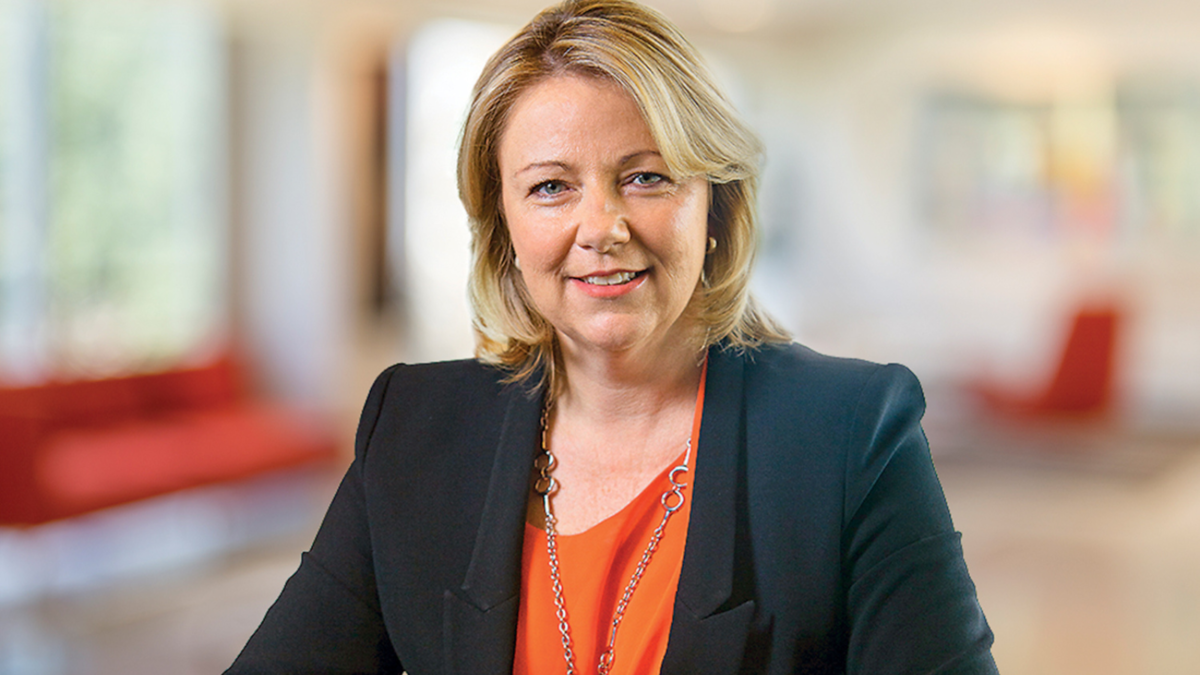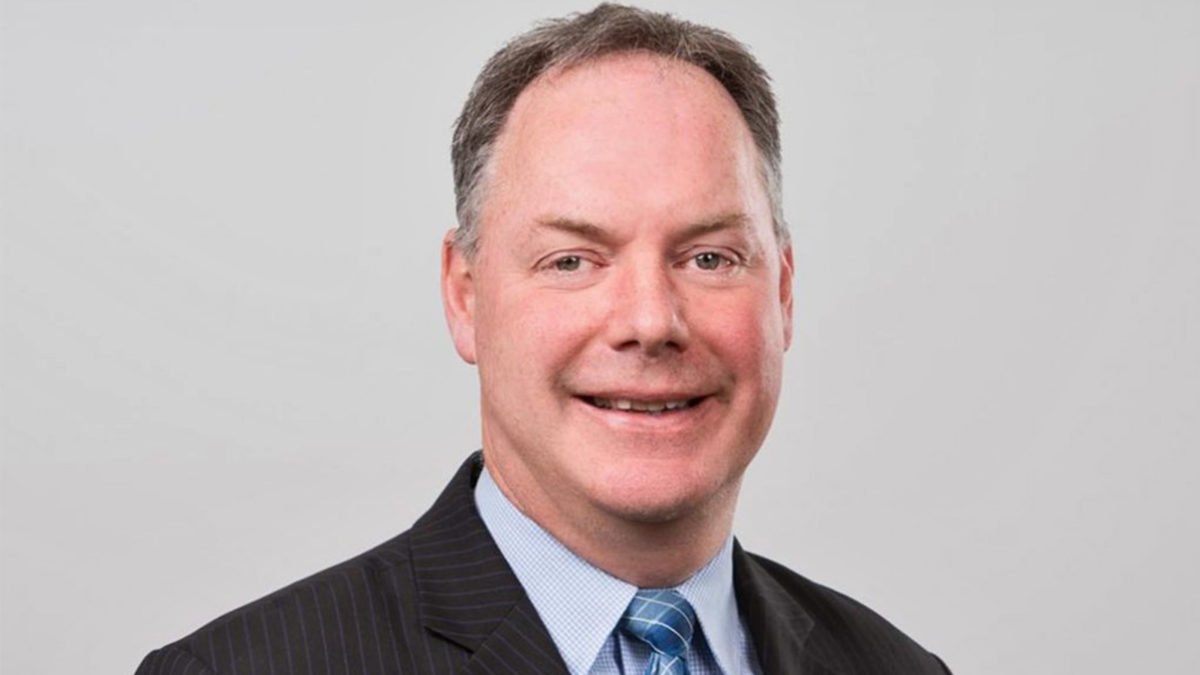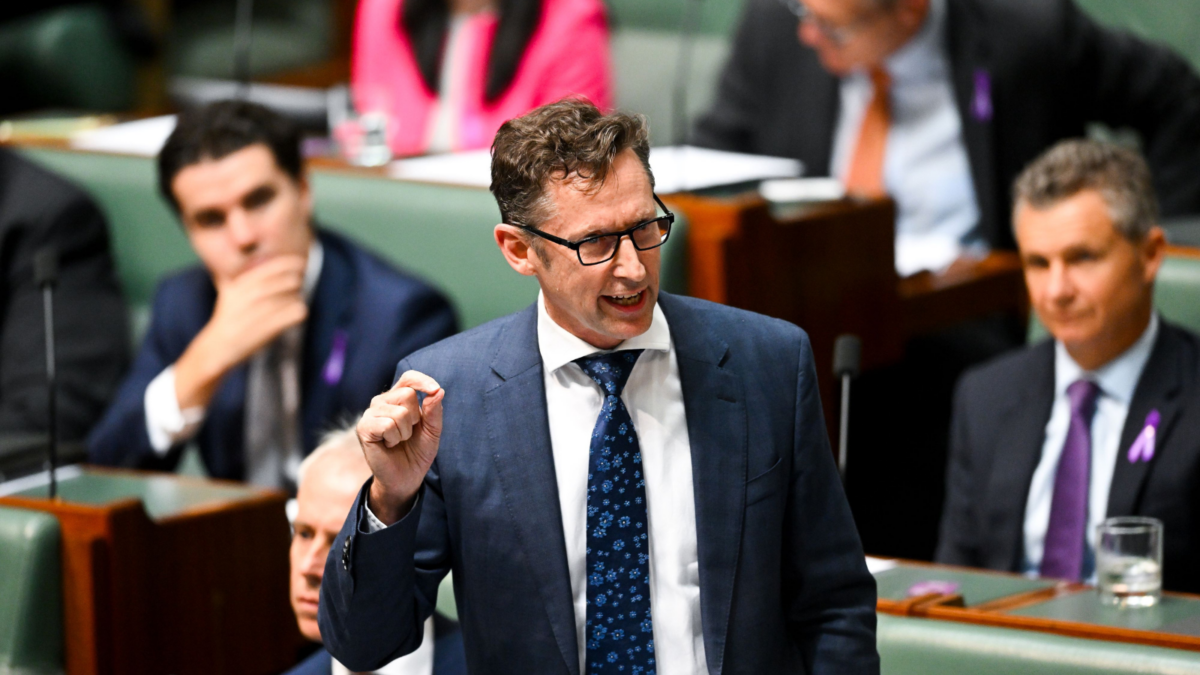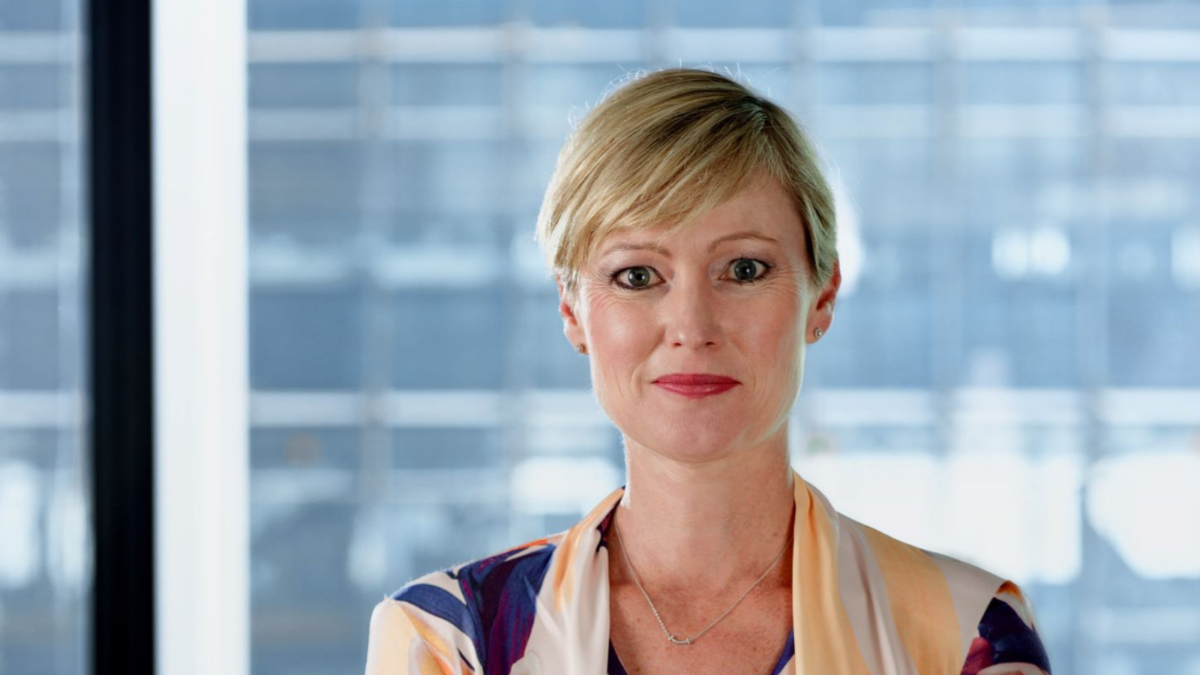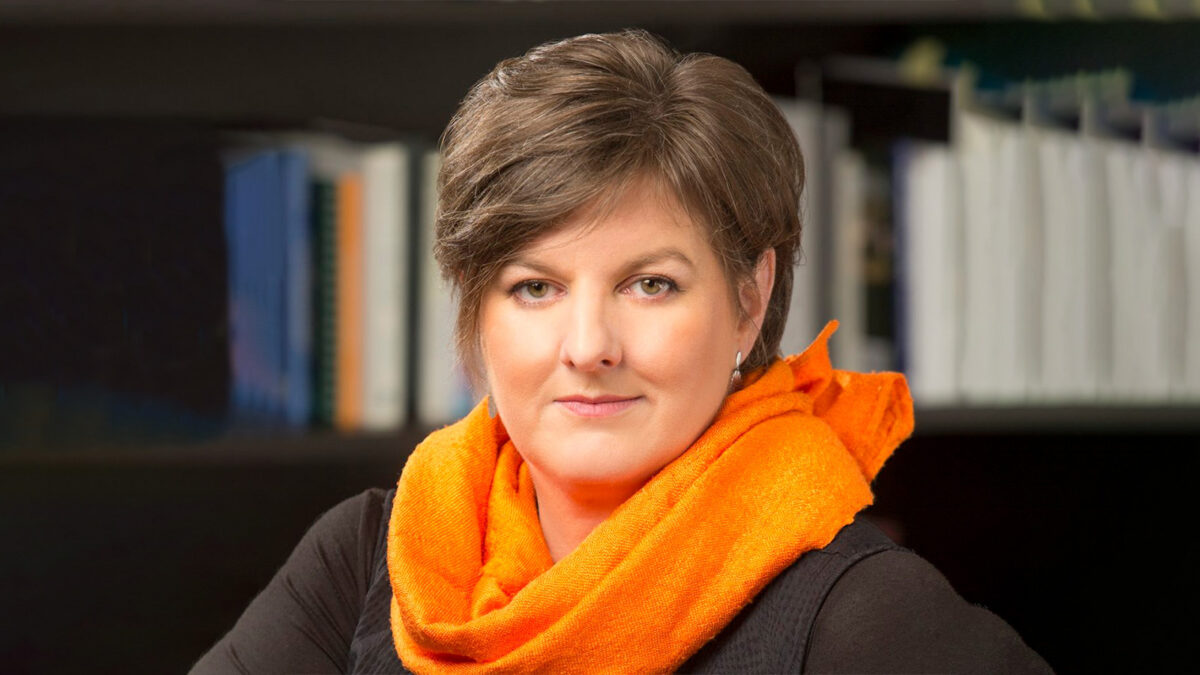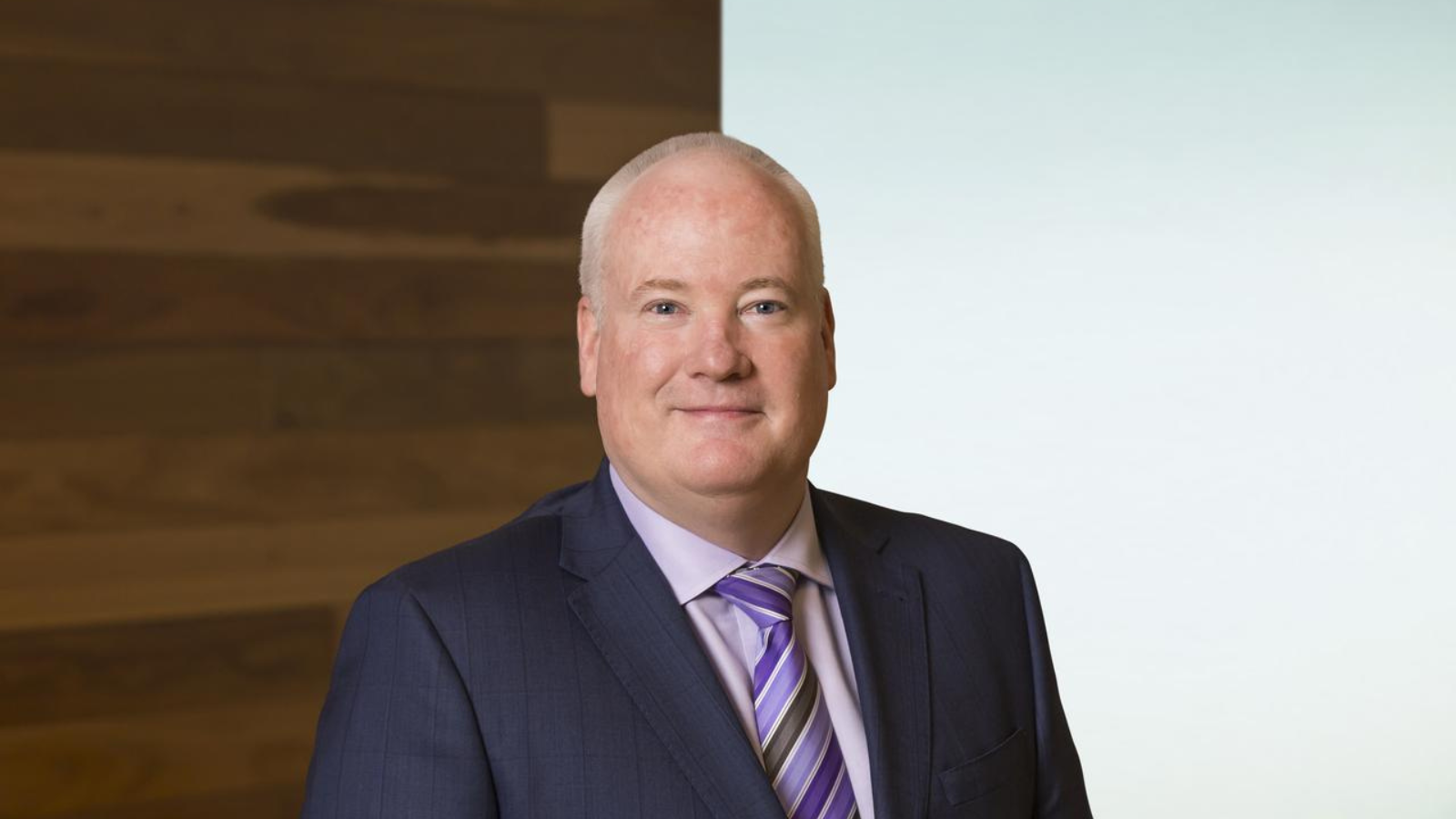-
Sort By
-
Newest
-
Newest
-
Oldest
The world of ethical investing continues to change, and Australian Ethical is investing in itself to keep up. A new CIO and a portfolio of impact investments from the Christian Super successor fund transfer are helping too.
Treasury is fine-tuning the Your Future, Your Super performance test ahead of its next iteration in August. While the updates could pave the way for a better test, its extension to trustee-directed products is cause for consternation.
Australian Retirement Trust has warned that introducing more granularity into the YFYS test might only confuse members and that funds will incur greater transaction costs as new benchmarks are added to it.
The Your Future, Your Super performance test will have a tough time weeding out underperforming trustee-directed products when they’re already closed, according to Chant West, while many of those housed on platforms could fail because of their unique fee structures.
Competition in super is heating up but it’s not yet come to the boil. Mergers, member retention and retirement are all shaping up as key battlegrounds for funds.
Private markets were the main driver of superannuation fund performance for 2022, according to Frontier, but only a few of this year’s top 10 funds feature in the league tables over the last decade. And the YFYS test is still creating anomalous outcomes.
There will likely be more changes to the controversial Your Future Your Super regulations following the “initial response”. Meanwhile, the government is pressing on with super fund involvement in nation-building projects.
Mercer Super wants to break down the long-held perception that only the industry funds can offer strong performance with competitive fees. Its newfound scale and global footprint are key to the “disruption opportunity”.
Funds that have failed the Your Future Your Super performance test need to improve their communications on underperformance and product closure, according to ASIC.
Big and small funds alike can do well for their members, and what’s more important than size is how they use it. But the risks of having a highly concentrated industry have been “underplayed”, according to ANU academic Geoff Warren.





